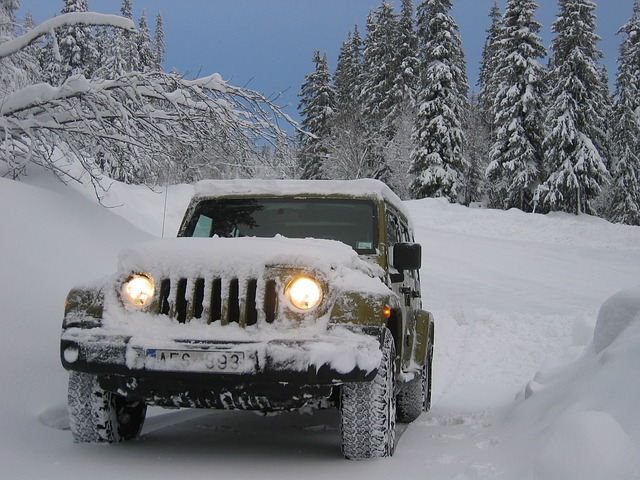Emergency Wintertime Essentials for You Vehicle
The safest place if you are caught in a snowstorm while driving is in your vehicle. Sudden blizzards accompanied by high winds can cause whiteout conditions, and you can become disorientated and lost just feet from your vehicle. Stay inside and when you have to go out to make sure the tail pipe is not clogged with snow. Keep one hand on the vehicle or tie a rope to you and the car’s door handle. You cannot run your engine if the exhaust pipe is obstructed with snow or vegetation. Make sure to have a window down a few inches when running the engine. Once you become stranded run the car’s engine for ten minutes every 45 minutes to an hour.
Preparing Your Vehicle
Always keep the vehicles’ gas tank topped off, this ensures you have fuel if you become stranded and it also prevents moisture build up in the lines that can freeze and prevent you from starting the engine. The following is a list of essentials you should always have in your car when traveling in the wintertime.
• Three days of high protein foods that can be eaten as is, such as Meals Ready to Eat (MRE’s), protein bars, hard chocolate and trail mix
• 72-hour supply of water protected from freezing, place in Styrofoam coolers with newspaper or clothing for insulation
• Tire chains and traction pads, sand or cat litter for traction
• Small shovel
• Glow Lights the kind that you snap and shake
• Cell phone and charger/extra battery even if the phone does not have a carrier if charged the phone can dial 911
• Two thermal or wool blankets and/or sleeping bag
• Snow boots, heavy coat, gloves and hat
• Signal material such as brightly colored cloth or signal flags that can be held in place by closing a rear window on the material, used to signal rescue personnel
• Jumper/battery cables and/or a battery box with power converter and jump start cables attached
• Tools for minor car repair, duct tape, gallon of anti-freeze and extra motor oil
• Knife and multi-tool
• Matches, lighter and alternative fire starting materials such as a magnesium stick
• First aid supplies
• Snow brush and ice scraper
• Maps of the area along with a compass
• Flashlight and avoid lights that use the vehicles’ battery
• Nylon tow rope and avoid chains or steel cables for towing, they can snap and whip around causing serious injury if used to pull a vehicle
If possible, get signal fires going near the vehicle. Smoke can be seen for miles during the day and the flames can be seen at night. Keep wrapped in blankets to prevent body heat from conducting away from your body. Hypothermia is dangerous and can be a fatal condition if you


